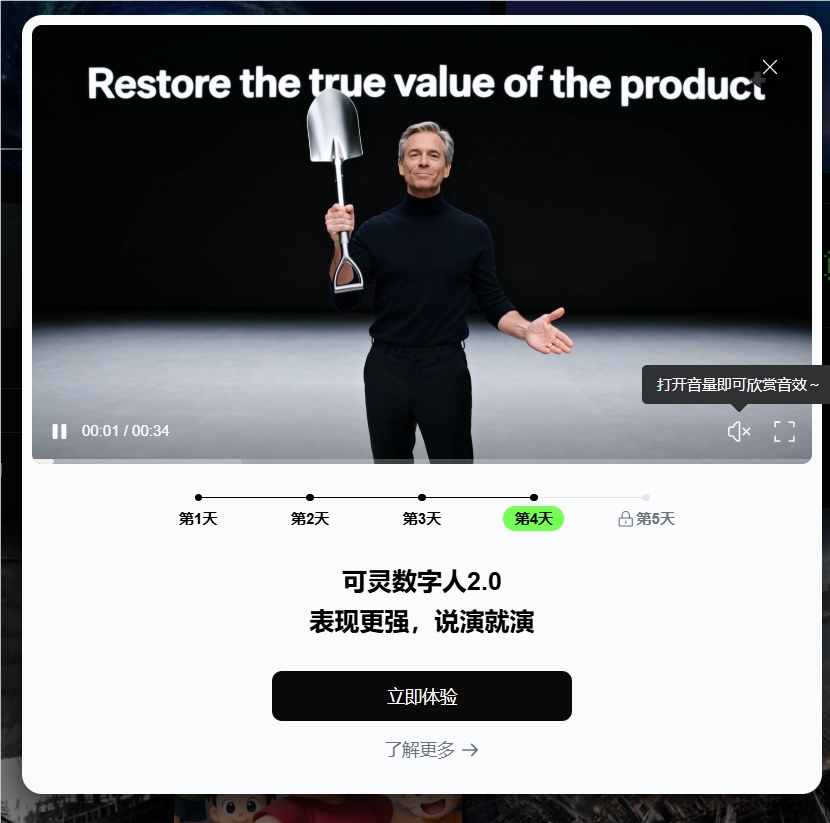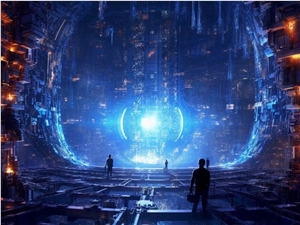The field of 3D design has achieved a significant breakthrough, as startup company Meshy today released the latest version of its modeling tool, Meshy-4. This tool, meticulously developed over 16 months, aims to revolutionize the way designers and developers create virtual environments.
Meshy co-founder Ethan (Yuanming) Hu expressed pride in the team's accomplishments on social media. Meshy-4 addresses common issues from previous versions by generating clearer surfaces and enhanced geometric details, bringing output quality closer to professional standards.
A major innovation in the new version is the separation of the text-to-3D model generation process into modeling and texturing stages, giving users more fine-grained control. Additionally, the image-to-3D tool's new "retry" option allows users to quickly generate new models, effectively addressing the challenge of variable results.
The interface of Meshy-4 showcases its powerful capabilities, allowing the generation of various fantastical designs, such as 3D models of multiple sci-fi portals, from a single prompt. The dark-themed user interface offers rich texture options and preview functions, highlighting the software's professional positioning in the creative industry.
This technological advancement could have profound implications for industries such as game development and architectural visualization. The ability to quickly iterate on designs is expected to accelerate project timelines, reduce costs, and make high-quality 3D assets more accessible to small studios and independent creators.
The launch of Meshy-4 coincides with a rapid growth in demand for 3D content, driven by advancements in virtual reality, augmented reality, and the increasing popularity of the metaverse concept. For businesses focused on creating immersive digital environments, tools that can quickly produce high-quality 3D assets are undoubtedly of great value.
However, as technology advances, there is also a rethinking of the definition of creativity in the digital age and the value of traditional artistic skills. The future challenge lies in how to effectively utilize these powerful tools while maintaining the uniqueness of human creativity and artistic vision.
The release of Meshy-4 marks a profound transformation in the creative industry. It not only enhances production efficiency but may also reshape the industry's employment structure, making the ability to guide technical tools increasingly important. As tools like Meshy-4 continue to evolve, their impact on the industry will remain under close watch, and how to balance efficiency with creativity in technological innovation will become a critical issue for the entire industry.









